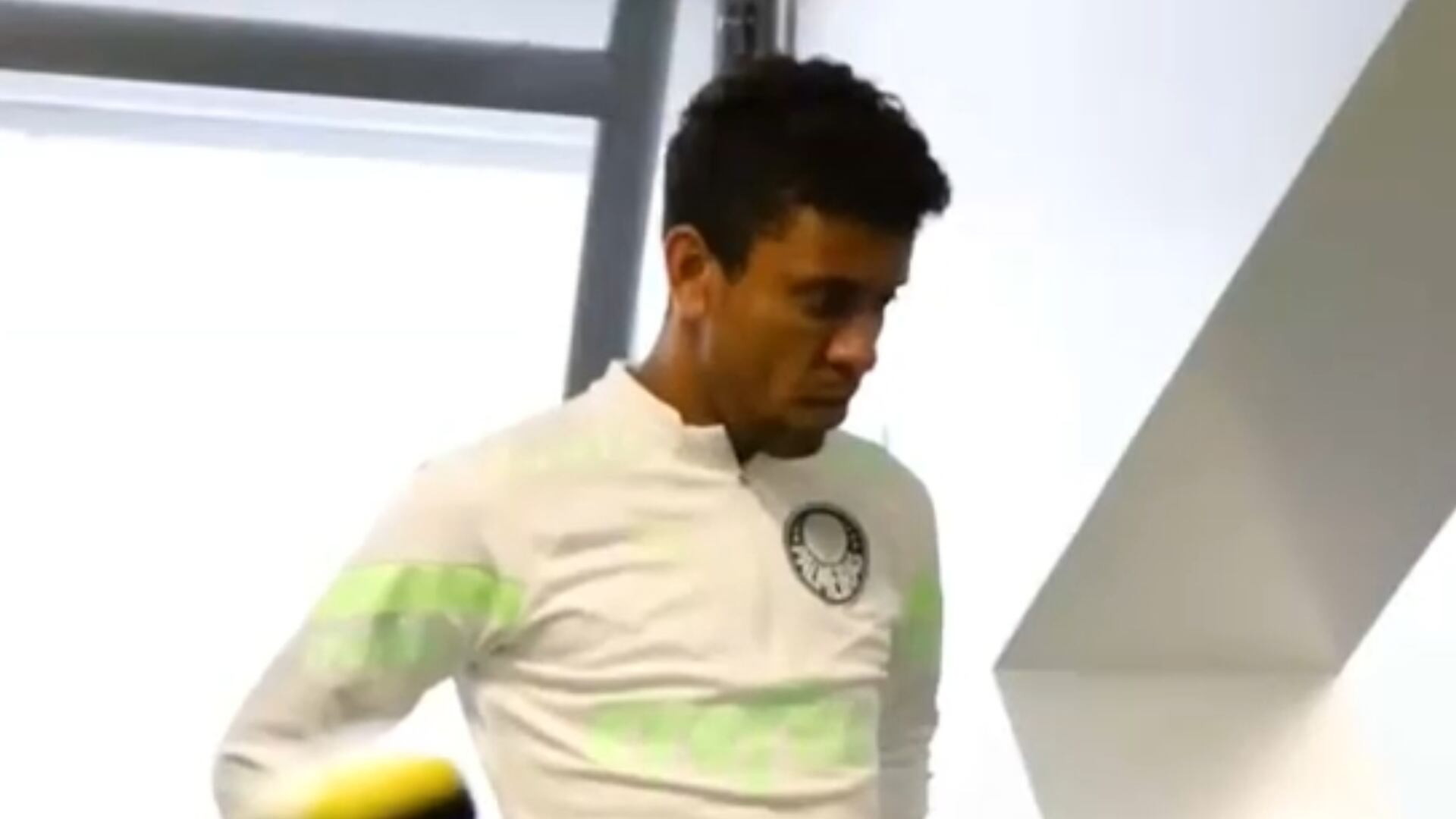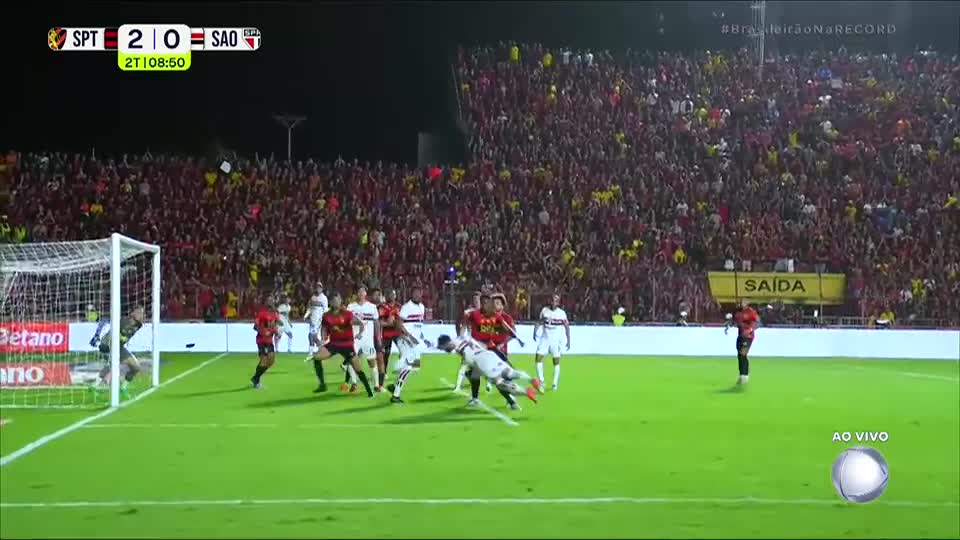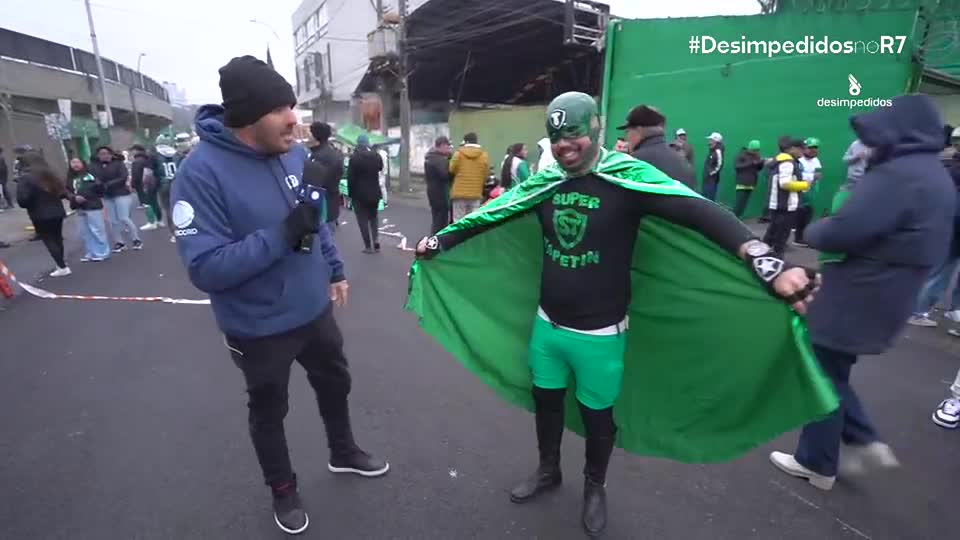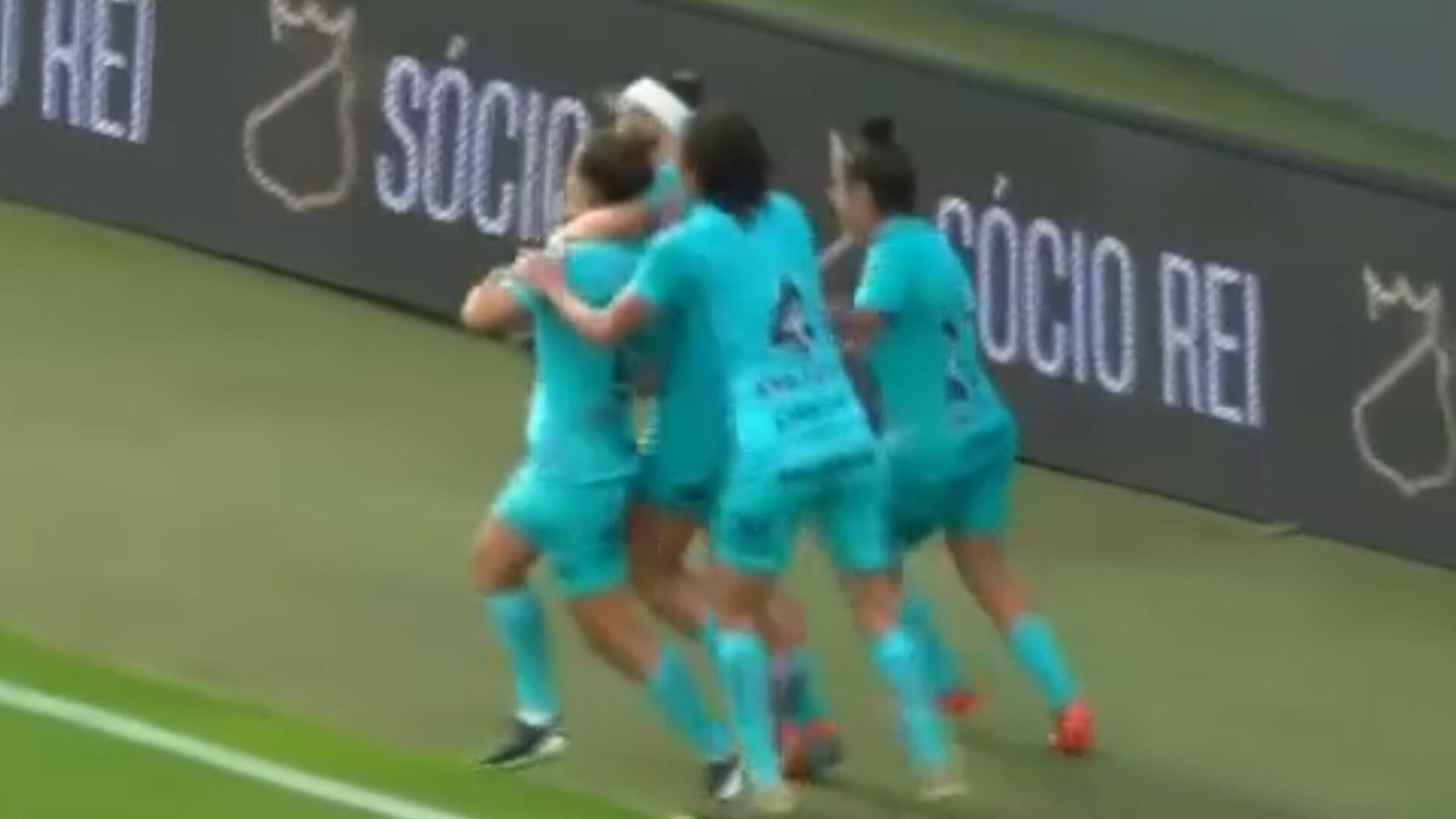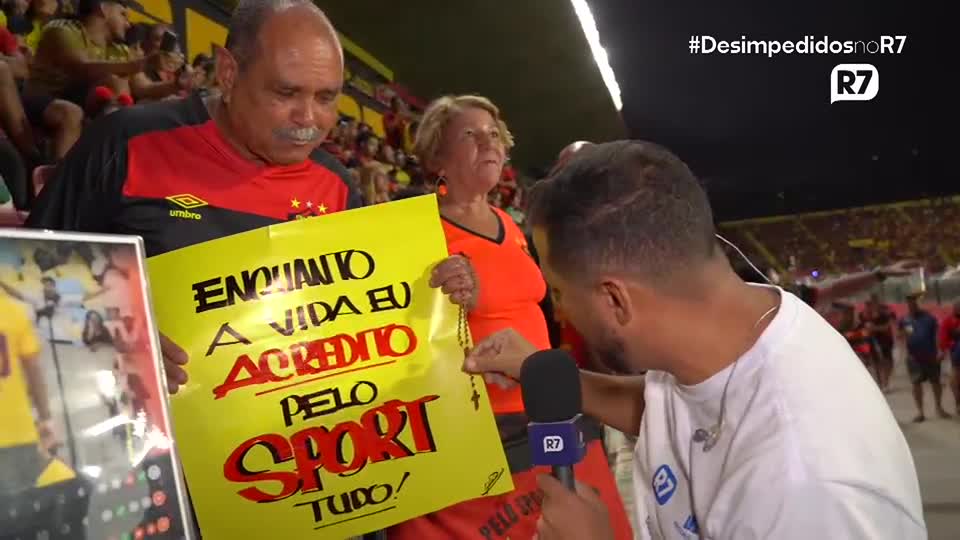Frango com Quiabo: Autora de 'Todo Dia a Mesma Noite' exalta série na Netflix e diz que tragédias devem ser sempre humanizadas
1057_-_Cincinnati_Ohio_-_Market_Street_Railway.txt
1057 - Cincinnati,qual dia do sorteio da mega sena esta semana Ohio - Market Street Railway Support us -->Streetcars/Cable Cars/Buses Museum Store Museum Rental Blog About Support Us -->Browse the store Streetcars/Cable Cars/Buses Museum Store Museum Rental Blog About -->-->Historic Streetcars in San Francisco No. 1057 Cincinnati, Ohio Built 1948 ? Operational ? Tribute livery This streetcar is painted to honor Cincinnati, which ran PCC streetcars from 1939 to 1951. Cincinnati was unique among North American streetcar systems in requiring two overhead wires for streetcars, one to supply electrical power, the other to provide a ground and complete the circuit. This arrangement grew from an early and (pardon the pun) groundless fear of electrocution from the standard streetcar practice of returning current through the tracks. (Trolley buses use two wires because they run on rubber tires, and have no metal tracks to use as ground.) Bill Storage photo. The uniqueness of Cincinnati’s PCCs extended to the paint scheme, an eye-popping canary yellow with three bold green stripes around the body. Only PCCs got this treatment in Cincinnati–buses and older streetcars were painted a prosaic transit orange. Cincinnati’s streetcar governance was also unusual. The system was owned by a private company, the Cincinnati Street Railway Co. (CSR), but the City of Cincinnati had direct control over routes and operations under the franchise it granted. In 1939, CSR purchased three modern streetcars — competing PCCs from St. Louis Car Co. and Pullman-Standard, plus a Brilliner — to compare their features. It then bought 26 PCCs from St. Louis Car in 1940 and 25 more that were delivered in 1947. CSR wanted 50 PCCs in that post-war order, but the City government, which favored buses, cut the order in half. Then, with the paint on the new PCCs still shiny, the city forced conversion of the Madisonville line to trolley buses in July 1947 – one of the earliest abandonments of a PCC route in America – and followed with demands for more conversions. By 1950, with its finances in disarray, CSR decided to sell its PCCs, half of which were just three years old. Toronto bought all but the Pullman-Standard demonstrator, which, along with the single Brilliner, joined older Peter Witt style streetcars in running out the clock. It was the only time that PCCs were outlasted in regular service by old-fashioned streetcars. Cincinnati’s last streetcar line, the 78-Lockland, was abandoned on April 29, 1951. But on February 17, 2012, as part of the current streetcar renaissance in America, Cincinnati broke ground on a new streetcar line, connecting downtown with the Over-the-Rhine neighborhood and uptown communities surrounding the University of Cincinnati. The new line opened to passenger service on September 9, 2016 using modern CAF “Urbos” streetcars. Its vivid color makes No. 1057 one of the most photographed streetcars on the F-line. Originally built for Philadelphia Transportation Company, Philadelphia PA, 1948 (as car No. 2138) Acquired by Muni from Southeastern Pennsylvania Transportation Authority, Philadelphia PA, 1992 Builder St. Louis Car Co. Restored by Morrison-Knudsen, 1993 Seats 47 Weight 37,990 lbs. Length 48′ 5″ Width 8′ 4″ Height 10′ 3″ Motors 4 Westinghouse 1432J Trucks B-2 Brakes Electric Facebook Category Fleet Updates, PCC, PCC - 1050 Class, PCC - All, Streetcars, Streetcars and Cable Cars | Bookmark the permalink. ←1056 – Kansas City, Missouri-Kansas 1058 – Chicago, Illinois→ -->Subscribe to our newsletter, Outside Track Email Address Submit Facebook Facebook Email About Who We Are What We Do Online store Join/Donate Join Annually or Monthly Give Once Member Log in Copyright 2020 Market Street Railway. All Rights Reserved. Copy link?感謝分享Find any serviceAddToAny更多…



